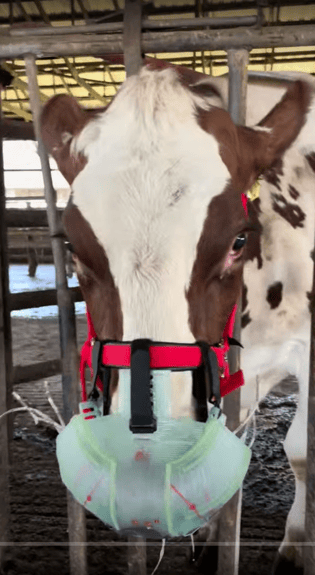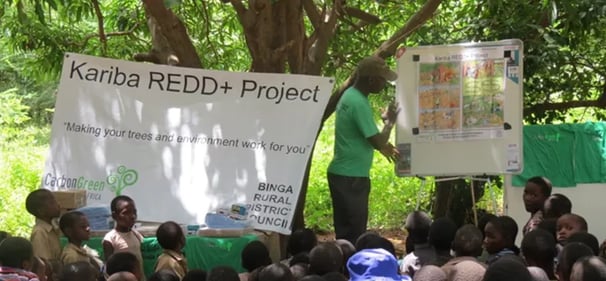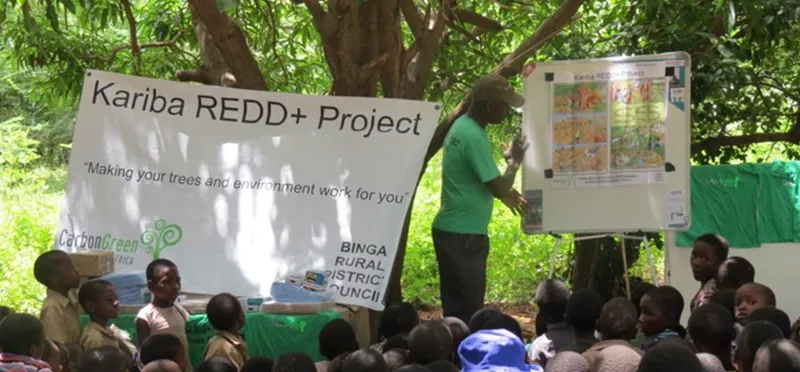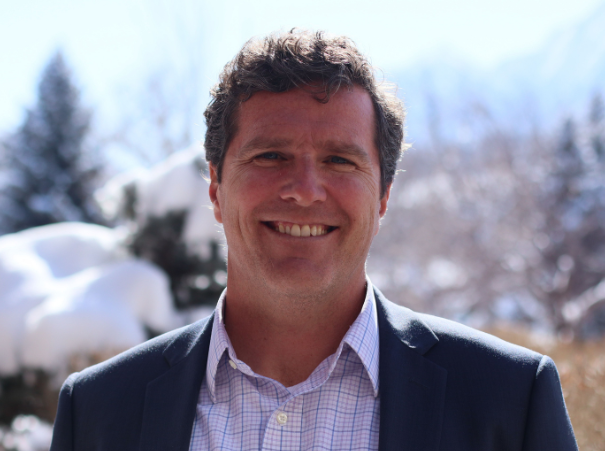11.2023 Newsletter: Flow Measurement R&D Breakthrough
Friends of Rumission—
As we here build the world’s first MRV solution for enteric methane, coming up against unique unsolved challenges is an everyday occurrence. We’ve just overcome a significant one in our R&D. Let us fill you in …
Breakthrough on Flow Measurement
Rumission’s backpack technology is the first device that can provide accurate, continuous, detailed (minute-by-minute) enteric methane emissions measurements from many cattle in on-farm conditions. To calculate an emission rate we need to measure both methane concentration and the flow rate of the cow’s respiration. Of the two, the latter provides the greater challenge.
Measuring respiration flow would be easier if we could ensure that the exhalation stream struck the same point on the mask on every breath. But because every cow is unique and because we need to provide some mobility to the mask for the sake of the cow’s comfort, we must be able to measure flow across a range of potential exhalation stream strike points. But this requirement operates in tension with another important one: signal strength.
We have been wrestling with these competing requirements for weeks testing different designs, and last week on a dairy farm we achieved a breakthrough. We won’t get into the specifics of our solution, but we’ll just say that our Aerospace Engineering partner Dr. Don Jordan, a long-time scholar of flow measurement and former member of the University of Virginia Aerospace Engineering faculty, states that it is unlike any other approach taken before.
Here is a picture of the first test of this new design:

This mask model offered mobility and the ability to measure across a range of strike points, and it achieved even higher signal strength then we were observing in our lab. We were then able to repeat these results.
With this breakthrough, we see a clear path forward for our backpack technology. Not only will it be a revolutionary tool for enteric methane R&D, it will generate the unique training data to power our machine learning powered MRV solution. The next steps for our R&D is to perform some additional research with our Advisor, Dr. Joe McFadden, in November at Cornell. And then in December we are off to Scotland Rural College to perform the full research study on our backpack technology inside their respiration chambers.
Industry Insights
MRV & Integrity
There have been numerous articles exposing poor integrity in the decarbonization effort, but none have been as revealing or shocking as the New Yorker’s recent “The Great Cash for Carbon Hustle” about the Kariba forest (pictured below). Please read it if you have not yet.

In the enteric methane mitigation community, I hear a common refrain about MRV that goes something like this:
We know that current MRV is not good enough. But let’s make a standard with what we have now so that we can certify reduction efforts and make progress. Don’t let the perfect be the enemy of the good.
I support the spirit of this sentiment: we’ve got to make progress now with what we have. But what happens with an initial set of standards and practices become accepted and millions of dollars of transactions flows through them? They become really hard to evolve as economic interests take hold. And you get what the New Yorker article highlights: an industry wakes up a decade later to scandals revealing what a sham their reduction or sequestration claims have been. And at a time when investment in all things climate is surging, the carbon credit markets are actually shrinking due to low confidence in the integrity of claims.
So enteric methane community, let’s revise our MRV stance to say:
Yes let’s make progress today with the “MRV” that we have. But let’s also all take steps right now to improve our MRV so that it is quickly strong enough to power the long-term methane mitigation that we are committed to.
Studying Variation to Know the Sample Size
Another important aspect in effectively measuring not just enteric methane but any decarbonization effort is to understand variation.
For example in soil carbon sequestration, the measurement of soil samples is quite expensive. So the frequency or density of taking samples for measurement (every acre, every 10 acres, etc.) can be a major cost driver, but also can be necessary for measurement integrity depending upon the spatial variability of carbon levels in soil.
Dr. Paige Stanley of Colorado State University just up the road from us recently performed a comprehensive study of soil carbon variability in order to provide guidelines for soil carbon MRV and sampling. In this blog post I go deeper into Dr. Stanley’s effort and discuss why a similar study is needed for enteric methane.
Thanks as always for reading. We’d be eager to hear any thoughts or feedback, or to talk about how we might partner in the effort to abate enteric methane.
Best regards,
Toby



